DepthReading
Showcasing a rich heritage
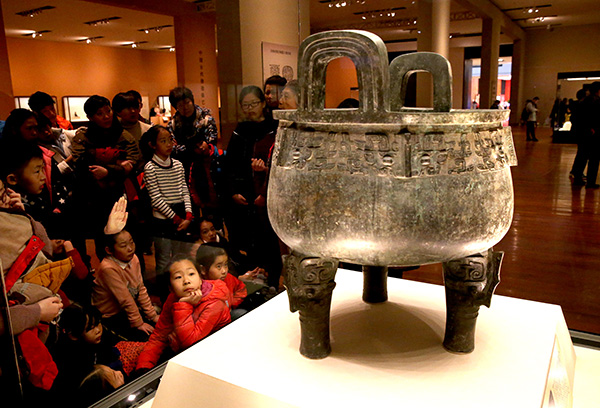
Chinese museums currently attract 900 million annual visits. And with more museums opening up, the footfalls are set to keep growing. Wang Kaihao reports.
As vice-president of the International Council of Museums, or ICOM, An Laishun is well placed to talk about how Chinese museums have grown in the past decades.
He clearly remembers the days when he started working with the international museum community in 1986.
"We felt quite special then," he says. "Museums abroad then looked at Chinese museums with a kind of awe because China had just opened to the outside world."
It was a good thing, he says, because the curiosity meant that the foreign institutions wanted to know more about Chinese cultural heritage and gradually established links.
ICOM, founded in 1946 in Paris, France, is the world's most important non-governmental organization for museum professionals. "Now, China's (cultural) heritage sector plays a very dynamic and active role in this body," says An.
Currently, ICOM's only international training center for museum studies is at the Palace Museum in Beijing, also known as the Forbidden City.
An says that China's global influence in the field is mainly due to the fact that the country is the fastest-growing in terms of museums.
According to the statistics from the State Administration of Cultural Heritage, there were 3,866 museums on the Chinese mainland as of 2012, and the number grew to 4,873 by 2016, which means a new museum opened in China every one and half days.
The administration also says Chinese museums now annually attract 900 million visits.
Another indication of the thriving museum scene is that during the ongoing two sessions in Beijing, as many as 12 members in literary and art circles of the 13th Chinese People's Political Consultative Conference National Committee, come from museums and cultural heritage administrations or related academic institutions, the highest number to date.
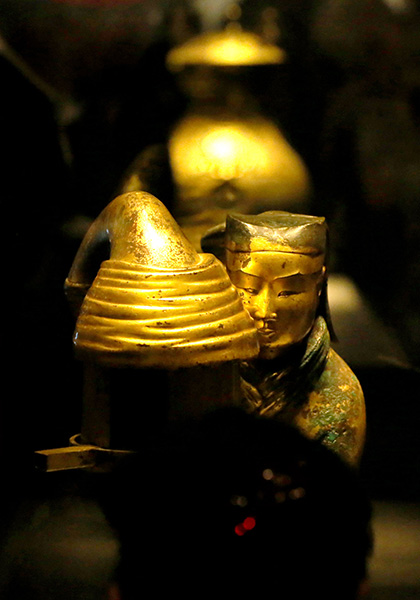
Wider attention
Over the past five years, museums which previously did not attract much media attention have been increasingly placed in the spotlight.
For instance, there have been reports of long queues - even overnight ones - of visitors waiting to catch a glimpse of several important ancient Chinese paintings like Along the River During the Qingming Festival and A Panorama of Rivers and Mountains, when they were exhibited at the Palace Museum.
National Treasures, a TV show about 27 cultural relics from nine Chinese museums - has gone viral.
At the same time, the three-episode TV documentary Masters in the Forbidden City has turned relatively unknown cultural relics restorers into superstars.
Ma Xiaolin, director of the Henan Museum in Zhengzhou, and one of the nine participants in National Treasures, says: "The items which appear in the shows are now the stars. We cannot simply put labels in front of the exhibits. A museum must do more work."
Consequently, exhibitions are being designed in more approachable ways.
For instance, in the Palace Museum, general displays of its Chinese paintings are being replaced by exhibitions on specific themes. Many smaller local museums are working with the bigger ones on touring exhibitions based on specific topics and stories.
Speaking about the new focus for museums, An says: "They can put their collections, exhibitions, education programs and social activities all in one place. This provides the general public with an opportunity to appreciate and understand the significance of the cultural heritage, and focus on creativity at the same time."
Ma, who also wants exhibitions to focus on children, says: "Students often tell me that they are terrified by some of the artifacts (referring to jinlyu yuyi - a suit of burial clothes made of jade and sewn with gold wire).
"This should prompt us to do more work, and make our exhibitions more approachable," he says.
He Yun'ao, a professor of history at Nanjing University, in eastern Jiangsu province, says museums and exhibition halls, which are designed for children, will be a focus in the next phase of development.
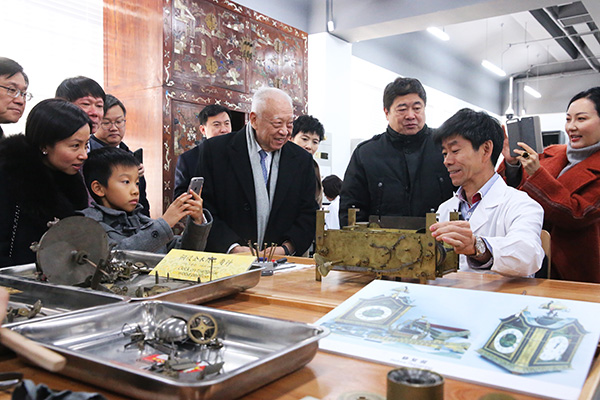
Issues to resolve
Despite the growing number of Chinese museums, the sector is experiencing "growing pains", as An calls them.
"Building museums is not like constructing houses. It's a systematic effort, starting from what to collect and how to nurture talent," he says.
An says museum expertise is sorely lacking in China. There are less than 50 universities in China with museology majors, he says.
According to him, setting up a double major for museology - for fine art or history students - could be one solution.
In a related development, the political adviser Wang Chunfa, director of the National Museum of China, said last week that archaeology institutes should hand in their discoveries to publicly-owned museums, complaining that "the national museum had not received any items from archaeology institutes for 20 years".
The remark sparked a debate and shed light on a problem faced by Chinese museums: How to source more high-quality exhibits?
To resolve the problem, professor He suggested that when archeological work was done, public museums could temporarily house some of the unearthed items without getting ownership.
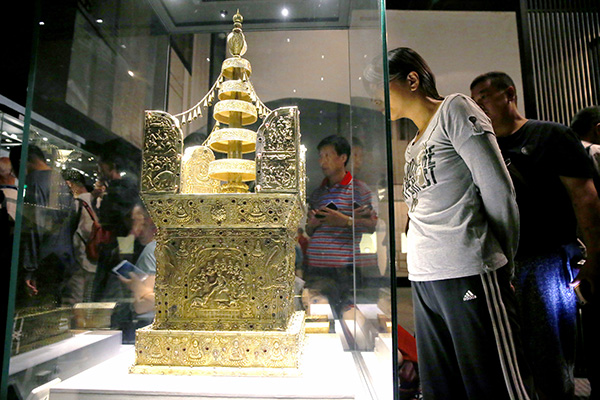
In 2015, China's first national regulation for museums was released by the State Council, which aimed to better oversee and guide museum development, but the regulation also showed that systemic reforms were needed for related areas as well.
For instance, although products developed by the Palace Museum have become hugely popular among museum buffs in the past few years, Wang Yamin, deputy director of the museum, says, there are not enough incentives to boost this sector.
Wang says that this is mainly because museums are public institutions. "If a product sells well, current rules don't allow us to reward the employees."
Wang thus suggested some reforms. "The creativity department should not be restrained," he says.
Last year, the Ministry of Culture released a plan to create management councils at the country's museums.
The new system will allow the councils, comprising employees, experts and public representatives, to become decision-making bodies.
The councils will be able to plan for the development of the institutions, approve budgets, draft regulations and be involved in other major issues, and the current directors will be responsible solely for daily operations.
But, An says: "This vast change needs to be taken step by step. Museums have to make tailored plans. This is not a formula to resolve every problem."
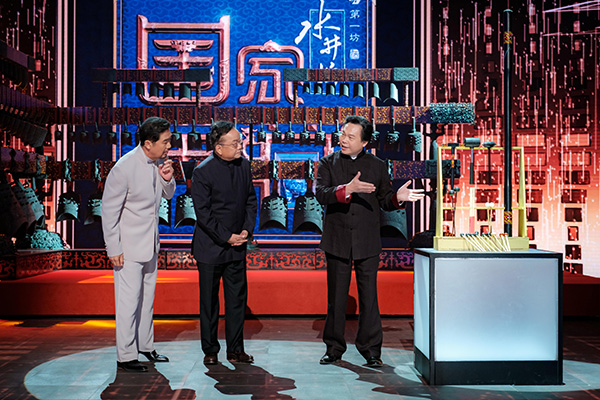
Collection of the world
A commonly asked question to Chinese museum professionals is: Why does China lack a national museum to house collections from other civilizations like the British Museum or the Louvre in Paris?
Professor He's response is: "Many foreign items housed in Western museums were collected due to historical reasons. And, many of them were illegally acquired. This is impossible to replicate, but Chinese people still need to better understand world history."
He sees more exchanges with overseas museums as one solution. But, he says, only once Chinese museums gain financial strength can they be more active in collecting foreign treasures.
As for the future of Chinese museums, He says: "Museums have to develop their own character. It is not necessary for a museum to cover everything."
Looking to the future, An says: "You have to build your own cultural identity. And, you have to seek mutual benefit and develop mutual respect as well.
"It's wrong to think one's culture is the best," he says.
"We need to give other cultures respect.
"Museums are a memory bank of the past, and today they help us better understand others."
Category: English
DepthReading
Key words:
